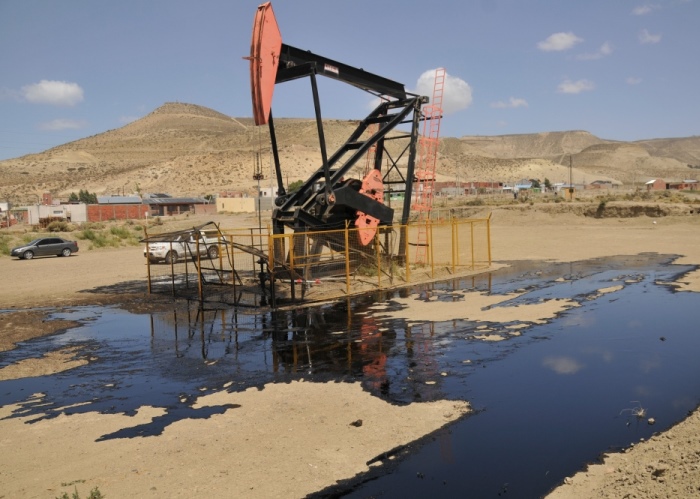A natural resource is considered to be a not renewable resource if it cannot be produced, cultivated, regenerated or re-used to a such scale that could support his rate of consumption. The goods and services that there offers the nature of direct form (it is to say, without the human intervention should be necessary) are known conerarse providing that the exploitation is not excessive) and the not renewable resources or exhaustible resources. Mo natural resources. This set can divide between the renewable resources (that can rege
Not renewable resources The not renewable resources are those which reservations, inevitably, will be ended in some moment since it does not turn out possible to produce them, to cultivate them or to regenerate them to support his rate of consumption. This wants to say that the consumption of the not renewable resources is superior to the capacity of the nature to recreate them. He reads everything in: Definition of not renewable resources - What is, Meaning and Concept
An example of not renewable resource is the oil. As soon as the oil reservations have become exhausted, there will no be way of returning to obtain this natural oleaginous liquid. The specialists affirm that, of the current pace of extraction being kept and without new deposits should be situated, the world reservations of oil will become exhausted in the less than half century. He reads everything
The minerals also form a part of the not renewable resources. The mining industry takes charge of the extraction of the minerals and of other materials of the terrestrial bark; the mining exploitation consists in dinamitar mountains and other similar activities that literally triumph with the area. When already they do not remain mineral in the quarries, these are left. The protection and the replacement of the not renewable resources are some of the principal tasks for the environmental groups. The solar power and the wind power, for example, are alternative to the use of oil and hydrocarbons.

ejemplos de recursos no renovables:
1. Acuíferos subterráneos
2. Ágata
3. Agua potable
4. Aguamarina
5. Aluminio
6. Amatista
7. Bauxita
8. Brea (material fosil)
9. Carbón
10. Cobalto
11. Cobre
12. Cromo
13. Diamante
14. Esmeralda
15. Estaño
16. Gas natural
17. Grafito
18. Granate
19. Hierro
20. Hulla
21. Jade
22. Magnesio
23. Mercurio
24. Molibdeno
25. Níquel
26. Ónix
27. Ópalo
28. Oro
29. Paladio
30. Peridoto
31. Petróleo
32. Pirita
33. Plata
34. Platino
35. Plomo
36. Rubí
37. Titanio
38. Topacio
39. Torio
40. Turmalina
41. Turquesa
42. Uranio
43. Vanadio
44. Wolframio
45. Yeso
46. Zafiro
47. Zinc
48. Zirconio
2. Ágata
3. Agua potable
4. Aguamarina
5. Aluminio
6. Amatista
7. Bauxita
8. Brea (material fosil)
9. Carbón
10. Cobalto
11. Cobre
12. Cromo
13. Diamante
14. Esmeralda
15. Estaño
16. Gas natural
17. Grafito
18. Granate
19. Hierro
20. Hulla
21. Jade
22. Magnesio
23. Mercurio
24. Molibdeno
25. Níquel
26. Ónix
27. Ópalo
28. Oro
29. Paladio
30. Peridoto
31. Petróleo
32. Pirita
33. Plata
34. Platino
35. Plomo
36. Rubí
37. Titanio
38. Topacio
39. Torio
40. Turmalina
41. Turquesa
42. Uranio
43. Vanadio
44. Wolframio
45. Yeso
46. Zafiro
47. Zinc
48. Zirconio

